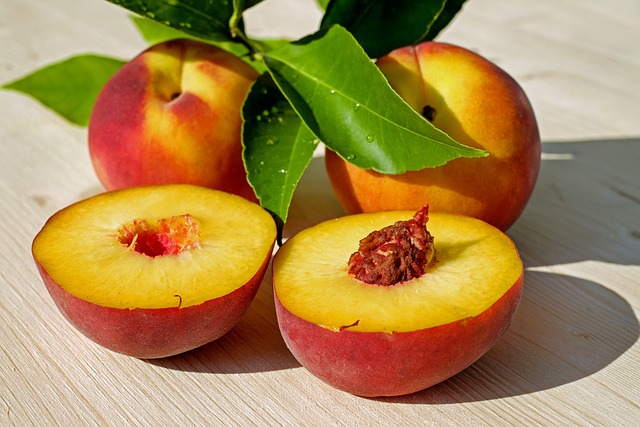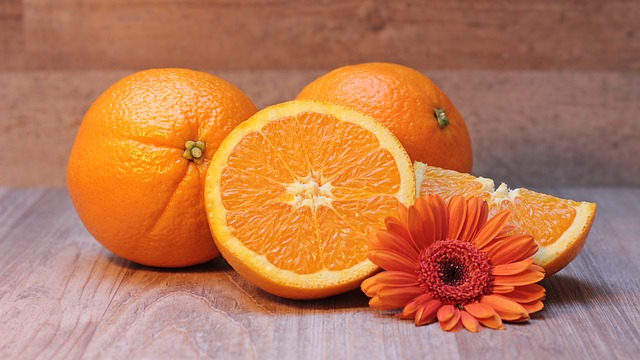From A to Zymes: A Beginner’s Guide to Probiotics and Their Wonders
Probiotics have gained significant popularity in recent years, with many people incorporating them into their diet for health benefits. But what exactly are probiotics, and how do they work? This beginner’s guide will take you from A to Zymes, providing you with a comprehensive understanding of probiotics and their wonders.
What Are Probiotics?
Probiotics are live microorganisms that provide various health benefits when consumed in adequate amounts. They are often referred to as “good bacteria” and mainly consist of strains of bacteria and yeasts.
These live microorganisms exist naturally in your body, particularly in your digestive system. However, their levels can be disrupted due to factors such as stress, poor diet, illness, or the use of antibiotics. Therefore, consuming probiotics can help restore and maintain the balance of beneficial bacteria in your gut.
The Wonders of Probiotics
Probiotics offer a range of benefits that can contribute to improved overall health. Some of their wonders include:
- Gut Health: Probiotics help promote a healthy balance of bacteria in your gut, which is essential for optimal digestion and nutrient absorption.
- Immune Support: These beneficial microorganisms can support your immune system, helping you fight off harmful pathogens and reduce the risk of certain infections.
- Mood Enhancement: Research suggests that the gut-brain connection is real, and probiotics may positively influence your mental health by reducing symptoms of anxiety, depression, and stress.
- Weight Management: Some studies indicate that certain probiotic strains may assist in weight loss and prevent weight gain. However, further research is needed to fully understand this relationship.
- Healthy Skin: Probiotics have shown promise in improving various skin conditions, including acne, eczema, and rosacea. They may help reduce inflammation and promote a healthy complexion.
Sources of Probiotics
Probiotics can be obtained through both natural food sources and supplements. Here are some common sources:
- Yogurt: Yogurt is the most well-known probiotic food. Look for varieties that contain live and active cultures to derive the full benefits.
- Kefir: Kefir is a fermented milk drink similar to yogurt but with a thinner consistency. It is an excellent source of probiotics.
- Sauerkraut: Sauerkraut is fermented cabbage that provides a good dose of live bacteria. Make sure to choose unpasteurized sauerkraut for maximum probiotic content.
- Kombucha: Kombucha is a fermented tea that has gained popularity in recent years. It contains a variety of probiotic strains.
- Miso: Miso is a traditional Japanese seasoning made from fermented soybeans. It is commonly used in soups and provides probiotics along with its unique flavor.
- Supplements: If you find it challenging to consume enough probiotic-rich foods, supplements are available in various forms, including capsules, tablets, and powders.
Choosing the Right Probiotic
When selecting a probiotic supplement, keep the following tips in mind:
- Strain Diversity: Look for a supplement that contains a variety of strains. Different strains offer different benefits, so diversity is key.
- Colony Forming Units (CFUs): CFUs refer to the number of live organisms in the supplement. Aim for a high CFU count to ensure you’re getting a sufficient dose.
- Quality: Choose well-known brands and trusted manufacturers. Quality and purity are important factors







